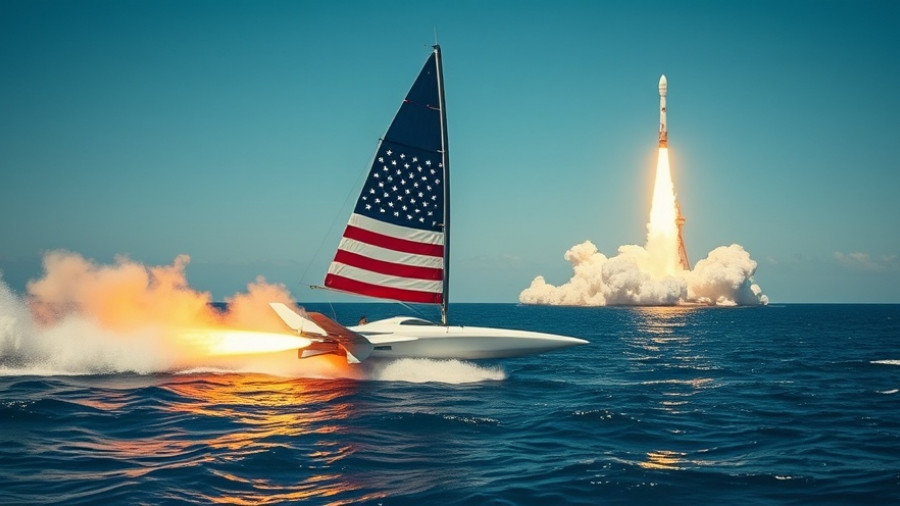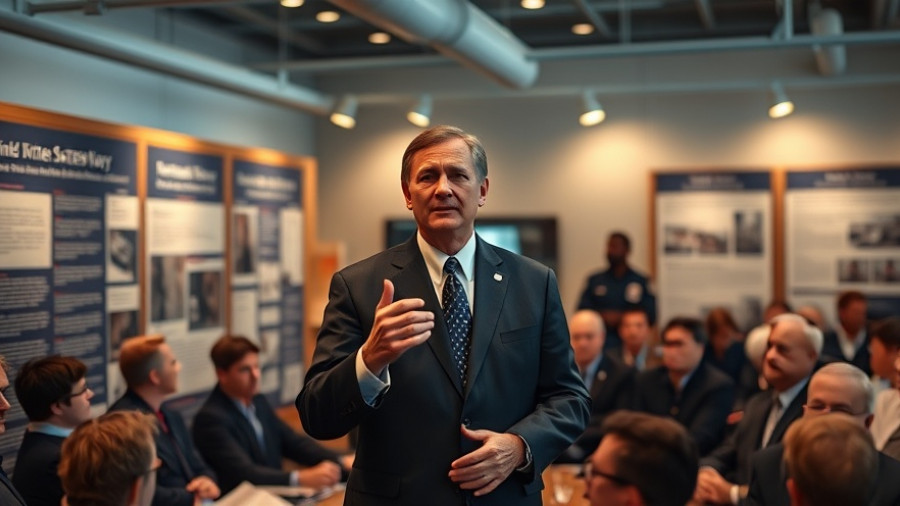
Coast Guard Shifts Toward a Streamlined Command Structure
In a significant move to enhance decision-making efficiency, the U.S. Coast Guard has announced a plan to cut the number of admiral positions by 25% by January 2026. This decision comes as part of the Force Design 2028 initiative, designed to modernize and reorganize leadership within the service.
Understanding the Drive for Reduction
The directive, issued by Acting Commandant Adm. Kevin Lunday, identifies what officials describe as redundant executive oversight that hinders operational effectiveness. Currently, there are about 45 flag officers in the Coast Guard, and this reduction is intended to sharpen focus and accountability within the force. Similar reshuffles have been observed within the Department of Defense, indicating a broader trend across military branches.
The Implications of the Reduction
This restructuring effort raises important questions regarding leadership and operational capabilities within the Coast Guard. As detailed by Seapower Magazine, the Secretary of the Department of Homeland Security has emphasized the need for this adjustment, hoping to align leadership with current administration policies. The idea is not just to cut down numbers but to foster a more agile command chain where decisions can be made swiftly and efficiently, mirroring trends seen in the private sector.
Concerns and Opportunities Ahead
The disapproval of the recent promotion board results for rear admiral (lower half) raises eyebrows. The decision not only affects current candidates but also shifts the timeline, as officers previously considered will need to wait for the next selection cycle under a new framework. Such reorganizations come with uncertainty but also provide a pivotal moment for new leadership styles to emerge and adapt to modern challenges.
Balancing Leadership with Operational Needs
The future of the Coast Guard leadership must balance reduction in ranks with the increasing demands on its resources. With evolving roles, especially concerning homeland security and disaster response, leaders must prepare for a fast-paced environment. Streamlining leadership structures could result in more effective and rapid responses to crises, ultimately benefiting communities along the coast and beyond.
A Community Impact Perspective
For the communities that rely on the Coast Guard for safety and security, understanding these changes is critical. A smaller command might lead to a more connected leadership that is more responsive to local needs, fostering closer ties with the communities they serve. As we witness these developments, community members should remain engaged, advocating for transparency and involvement in discussions impacting their coastlines.
Call to Action: Stay Informed
As changes unfold within the Coast Guard, it’s imperative for residents to stay informed. Engage with local initiatives and ensure your voices are heard in discussions that shape the maritime safety and security in your communities.
 Add Row
Add Row  Add
Add 




Write A Comment